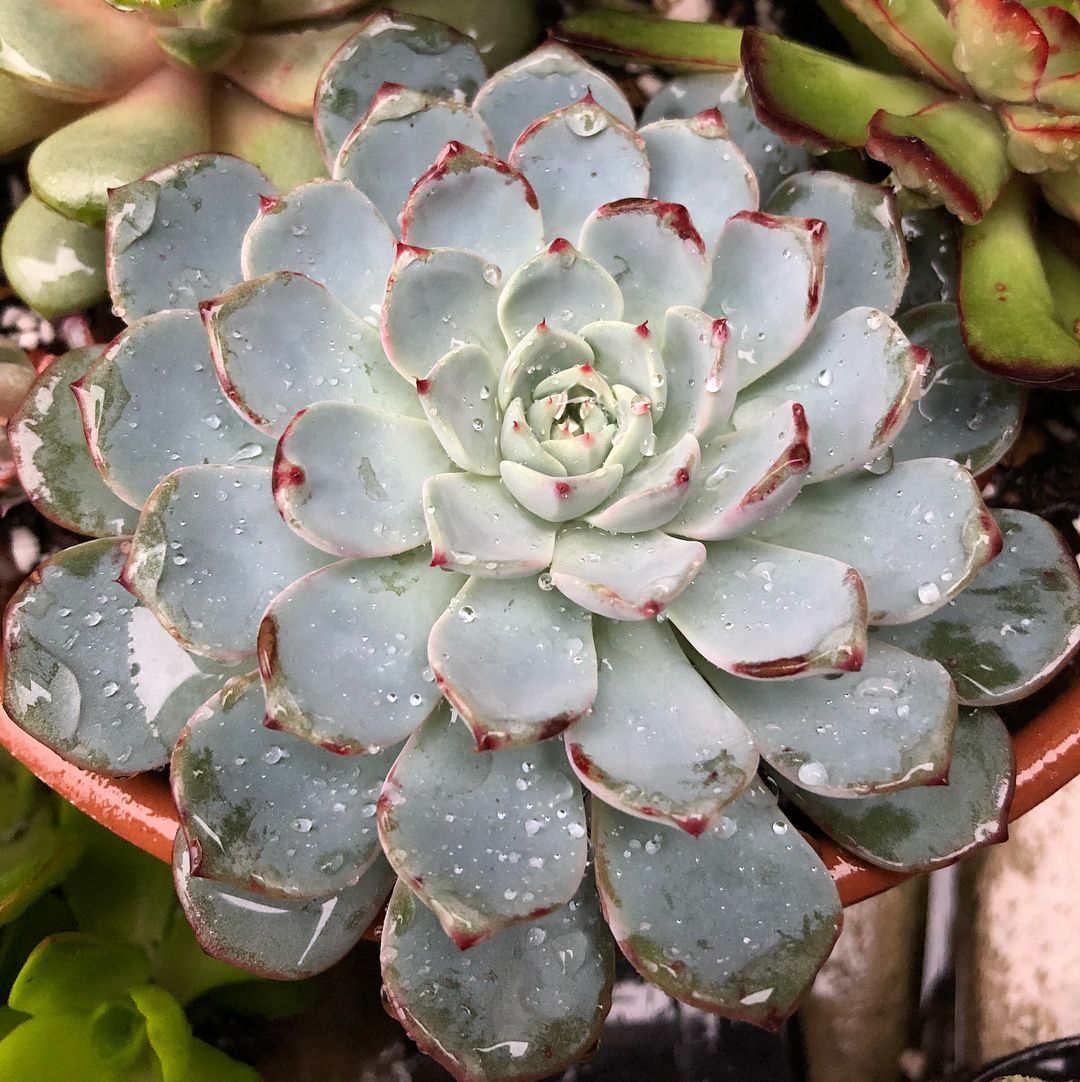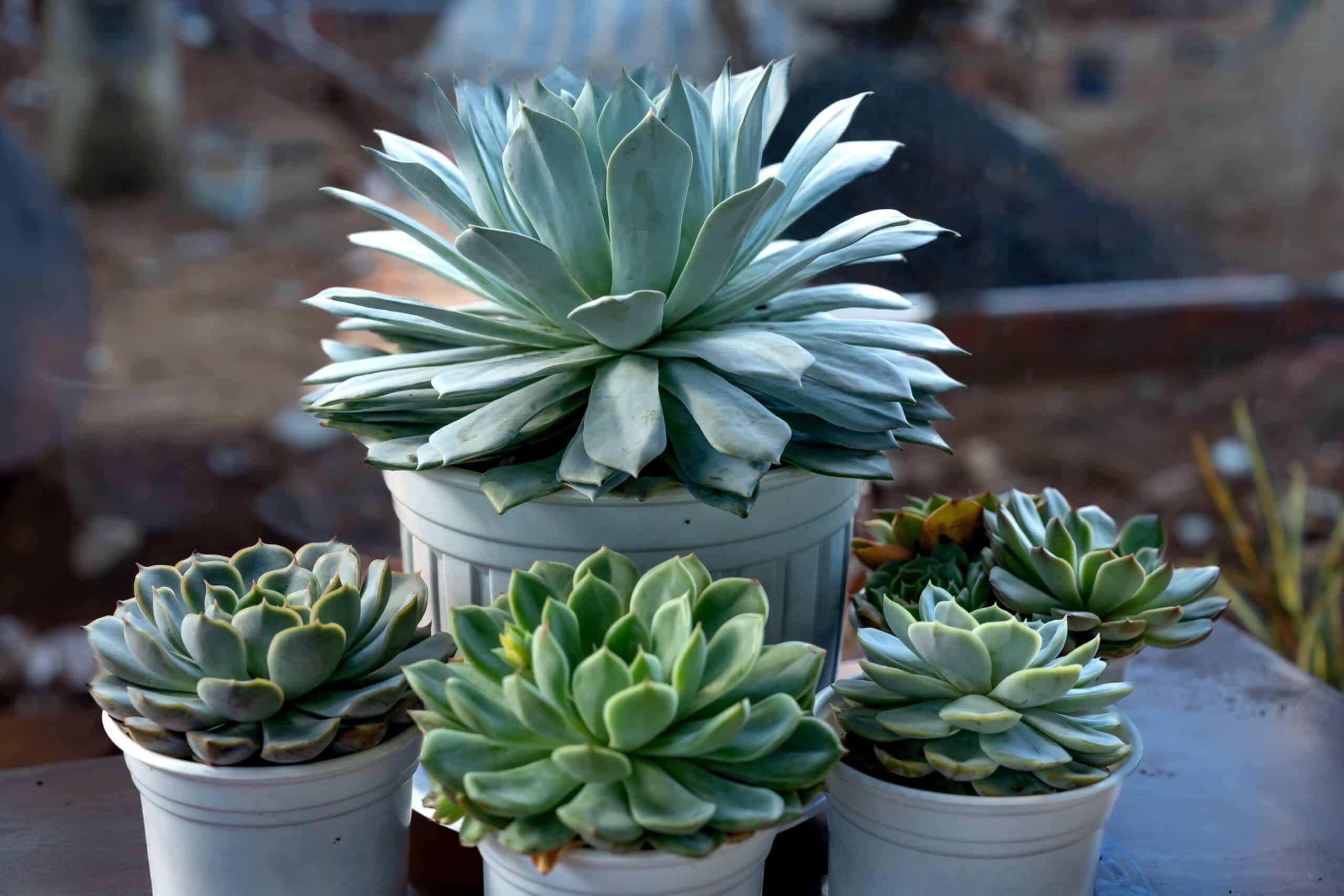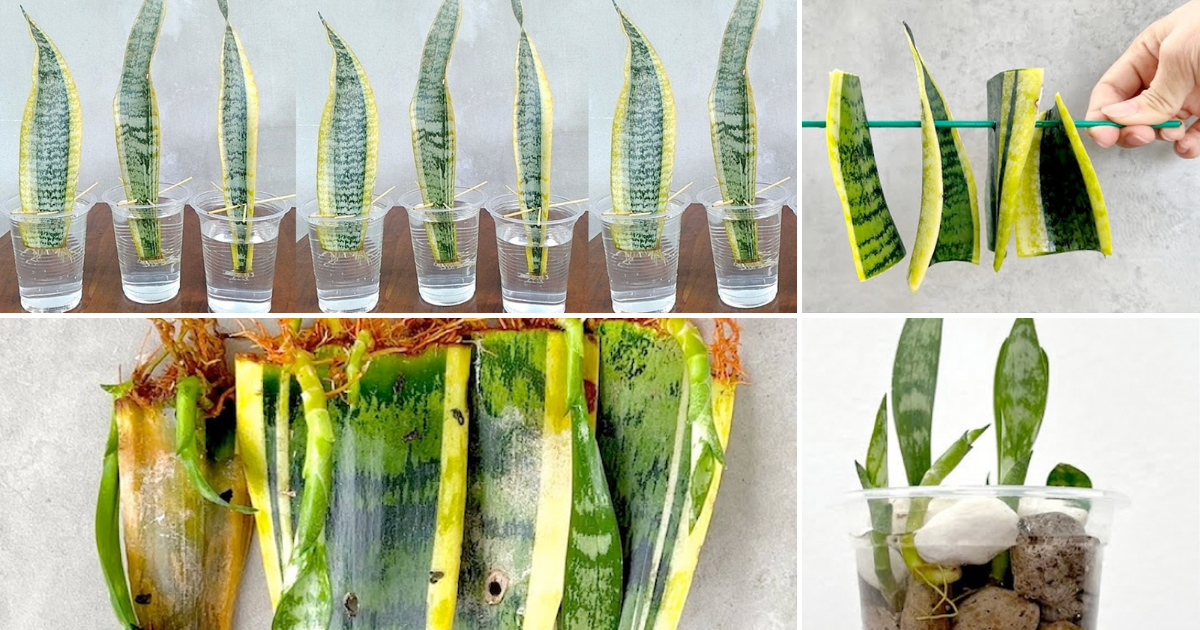
Succulents are a popular type of plant due to their unique appearance, easy maintenance, and ability to thrive in a variety of conditions. However, even with their resilience, succulents can still experience issues such as drying out or dying. If you notice your succulent is looking a bit lackluster, it may be time to take action and revive it.
Here are 10 Expert Tips For Bringing Your Dying Succulent Back To Life!
- Identify The Problem – 10 Expert Tips For Bringing Your Dying Succulent Back To Life!
- Stop Watering
- Check For Root Rot
- Cut Away Rotted Roots
- Change Soil
- Provide Adequate Sunlight
- Fertilize Sparingly
- Be Patient
- Remove Dead Leaves
- Monitor Carefully
- Top 5 FAQ And Answers About Reviving Dying Succulents
- Top 10 Interesting Facts About Reviving Dying Succulents
Identify The Problem – 10 Expert Tips For Bringing Your Dying Succulent Back To Life!

Before you can revive your succulent, you need to identify the problem. Is the plant overwatered, underwatered, or infested with pests? Once you’ve determined what’s wrong, you can take the necessary steps to correct it.
Stop Watering – 10 Expert Tips For Bringing Your Dying Succulent Back To Life!

Overwatering is one of the most common problems with succulents. If you suspect that your succulent is overwatered, stop watering it immediately. Succulents can survive for long periods without water, and stopping watering can help prevent root rot.
Check For Root Rot – 10 Expert Tips For Bringing Your Dying Succulent Back To Life!

If your succulent is overwatered, it may develop root rot. Gently remove the plant from its pot and examine the roots for root rot. Healthy roots are white and firm, while rotted roots are brown, mushy, and may have a foul smell.
Cut Away Rotted Roots – 10 Expert Tips For Bringing Your Dying Succulent Back To Life!

If your succulent has root rot, you’ll need to cut away the rotted roots using a clean, sharp knife or scissors. Be sure to remove all the rotted tissue and let the plant dry for a day or two before replanting it.
Change Soil – 10 Expert Tips For Bringing Your Dying Succulent Back To Life!

Once you’ve removed the rotted roots, you’ll need to repot the succulent in fresh soil. Use a well-draining soil mix specifically designed for succulents, and avoid using regular potting soil, which can retain too much moisture.
Provide Adequate Sunlight – 10 Expert Tips For Bringing Your Dying Succulent Back To Life!

Succulents need plenty of sunlight to thrive. If your succulent is not getting enough sunlight, move it to a sunnier location or consider using a grow light to supplement natural light.
Fertilize Sparingly – 10 Expert Tips For Bringing Your Dying Succulent Back To Life!

Succulents don’t need much fertilizer, and over-fertilization can cause damage. Use a fertilizer specifically designed for succulents and only apply it sparingly, once or twice a year.
Be Patient – 10 Expert Tips For Bringing Your Dying Succulent Back To Life!

Reviving a dying succulent takes time and patience. It may take several weeks or even months for the plant to fully recover, so don’t give up hope if you don’t see immediate improvement.
Remove Dead Leaves – 10 Expert Tips For Bringing Your Dying Succulent Back To Life!

As your succulent recovers, it may shed dead leaves. These dead leaves can attract pests and disease, so it’s important to remove them promptly. Use a pair of clean scissors to snip off any dead leaves and discard them in the trash.
Monitor Carefully – 10 Expert Tips For Bringing Your Dying Succulent Back To Life!

Once your succulent has recovered, it’s important to monitor it carefully to prevent future problems. Avoid overwatering, provide adequate sunlight, and watch for any signs of pests or disease.
Top 5 FAQ And Answers About Reviving Dying Succulents

Q: How often should I water my succulent?
A: Succulents have unique watering needs that differ from those of other plants. They do not require frequent watering, and overwatering is one of the most common causes of succulent death. It’s best to water them deeply once a week or every other week, depending on the temperature and humidity in your area.
Q: How can I tell if my succulent is dying or just dormant?
A: Succulents can enter a dormant phase during the winter months, and this is completely normal. During dormancy, the plant’s growth slows down, and it may appear less vibrant than usual. However, if your succulent is not showing any signs of new growth or if its leaves are turning yellow or brown, it may be dying.

Q: Can I revive a succulent that has lost all of its leaves?
A: If your succulent has lost all of its leaves, it may be a sign that the plant is dying. However, you may still be able to revive it by following the steps for reviving a dying succulent, such as checking for root rot, repotting in fresh soil, providing adequate sunlight, and avoiding overwatering.
Q: Should I fertilize my succulent?
A: Succulents don’t require frequent fertilization, but providing them with the right nutrients can help them thrive. Use a fertilizer specifically designed for succulents and apply it sparingly, once or twice a year. Over-fertilization can harm your plant, so be sure to follow the manufacturer’s instructions.
Q: Can I propagate a dying succulent?
A: Yes, you can propagate a dying succulent to start a new plant. The best time to propagate is during the plant’s active growing season, which is typically in the spring or summer. Cut a healthy leaf from the plant, let it callus over for a day or two, and then place it in well-draining soil. With proper care and attention, the leaf should develop roots and grow into a new plant.
Top 10 Interesting Facts About Reviving Dying Succulents

- Succulents are among the most resilient plants, but they can still die if not cared for properly.
- Overwatering is the most common cause of succulent death, as succulents are adapted to survive in arid environments and can store water in their leaves.
- Root rot is a common problem in overwatered succulents, and it can be fatal if not treated promptly.
- Repotting a succulent in fresh, well-draining soil can help prevent root rot and improve the plant’s health.
- Succulents can go into a dormant phase during the winter months, and this is normal. During dormancy, the plant’s growth slows down, and it may appear less vibrant than usual.
- Propagating a dying succulent by taking a healthy leaf and rooting it in the soil can be an effective way to start a new plant.
- Providing adequate sunlight is crucial for succulent health, as they require bright, direct sunlight to thrive.
- Fertilizing a succulent too frequently can harm the plant, so it’s important to use a fertilizer specifically designed for succulents and to apply it sparingly.
- Patience is key when reviving a dying succulent, as it can take several weeks or even months for the plant to fully recover.
- Monitoring a revived succulent carefully and providing it with the right care and attention can help prevent future problems and ensure its long-term health.





